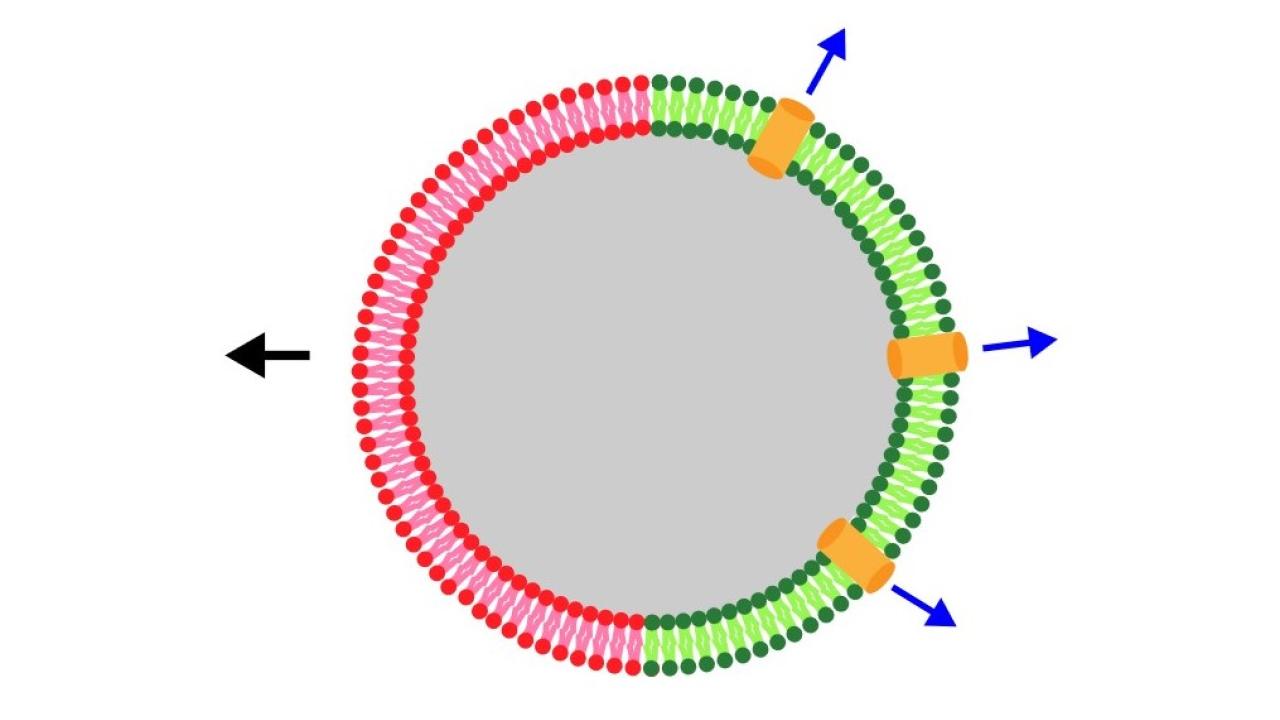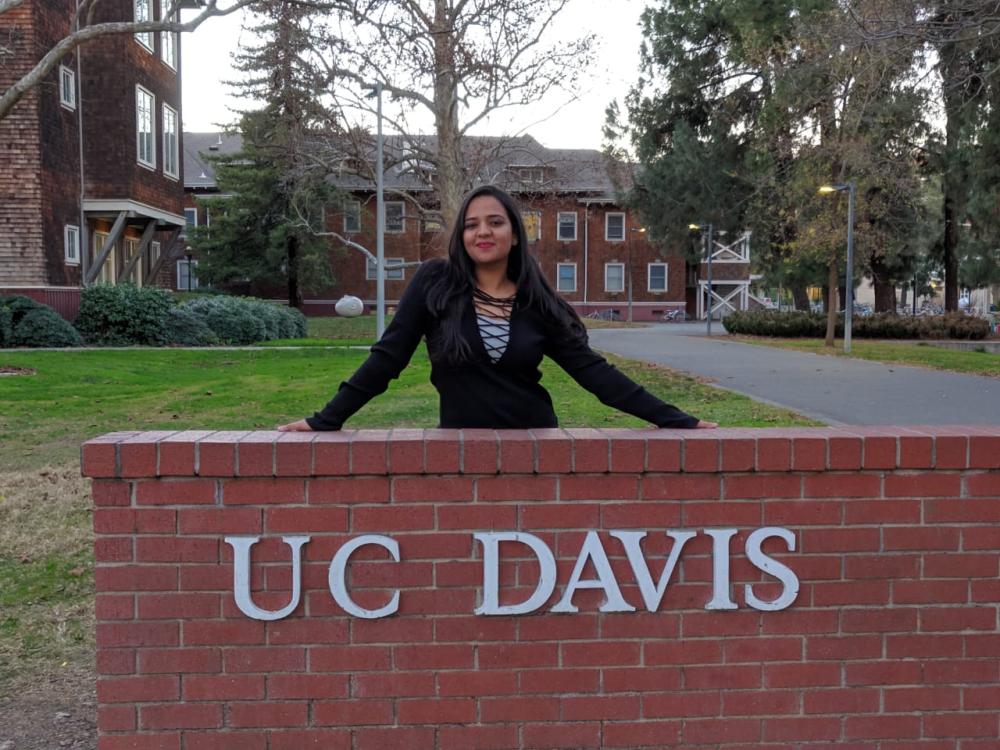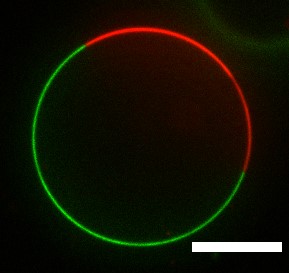
Developing Life-Like Synthetic Cells
Materials Science and Engineering Ph.D. candidate Pallavi D. Sambre is taking the first steps toward engineering lifelike artificial materials that reconstitute a cell’s ability to change their membrane shape to move from one part of the body to another.

This process, known as motility, helps cells respond to changes in their environment and flow in a particular direction. It plays a key role in embryonic development and wound healing, as well as cancer metastasis. In response to osmotic stress, synthetically-produced osmotic robots can mimic this process. Having artificial materials that can do this can lead to a better understanding of the human body and innovative synthetic structures that can revolutionize patient care.
“This would be the earliest step in creating life-like materials, and it’s a rather intricate and beautiful amalgamation of a lot of diverse fields,” said Sambre, who is part of Professor Atul Parikh’s Lab
An Artificial Membrane
In biological cells, membrane channels not only allow biomolecules to pass through the membrane, but are also responsible for motility. When a cell wants to move in a particular direction, it actively re-positions the channels to become asymmetric.
With a UC National Laboratory In-Residence Graduate Fellowship, Sambre will work with researchers at Lawrence Livermore National Lab (LLNL) to combine two synthetic cell technologies to re-create this process outside the body.
“Because simple cellular environments can be re-created and cell-like structures can also be re-created synthetically, we thought, can we re-create the cell motility?” she said.

The Parikh Lab specializes in making chemo-mechanical robots called giant unilamellar vesicles, which are cell-sized “shells” that mimic cell membranes using synthetically-produced lipids and proteins. LLNL’s Dr. Aleksandr Noy—a long-time collaborator—specializes in carbon nanotube porins that can function like simple biological membrane channels. Sambre thinks that by combining the vesicles with the carbon nanotube porins, they can re-create cell motility synthetically.
“It can be considered a very primitive cell where we focus mainly on what’s happening at the membrane, and that’s a good starting point,” she said. “I’m excited about the possibility of combining these two very distinct worlds and making something completely new. The possibilities are immense.”
Exciting Collaboration
The fellowship allows Sambre to work with Noy’s lab and his carbon nanotube porins. She will also use the lab’s state-of-the-art imaging facilities to get an elaborate and highly-detailed understanding of how the osmotic robots react to changes in their environment, especially in relation to normal cells.
Her short-term goal is to engineer motile osmotic robots, but this is just the beginning. She eventually wants to create a hoard of osmotic robots so she and the group can study the migratory behavior of these synthetic cell-like structures, which can further their ability to create life-like materials and serve as a platform for drug delivery, among other applications.
Personally, Sambre is excited to get a taste of the national laboratory research environment while working with great collaborators on research she finds fascinating.
“We’ve always been interested in mimicking biology, and this is just one of the ways we thought we could do that,” she said. “I’m fortunate to be able to work with such great people that share and instill an admiration for this type of science.”
